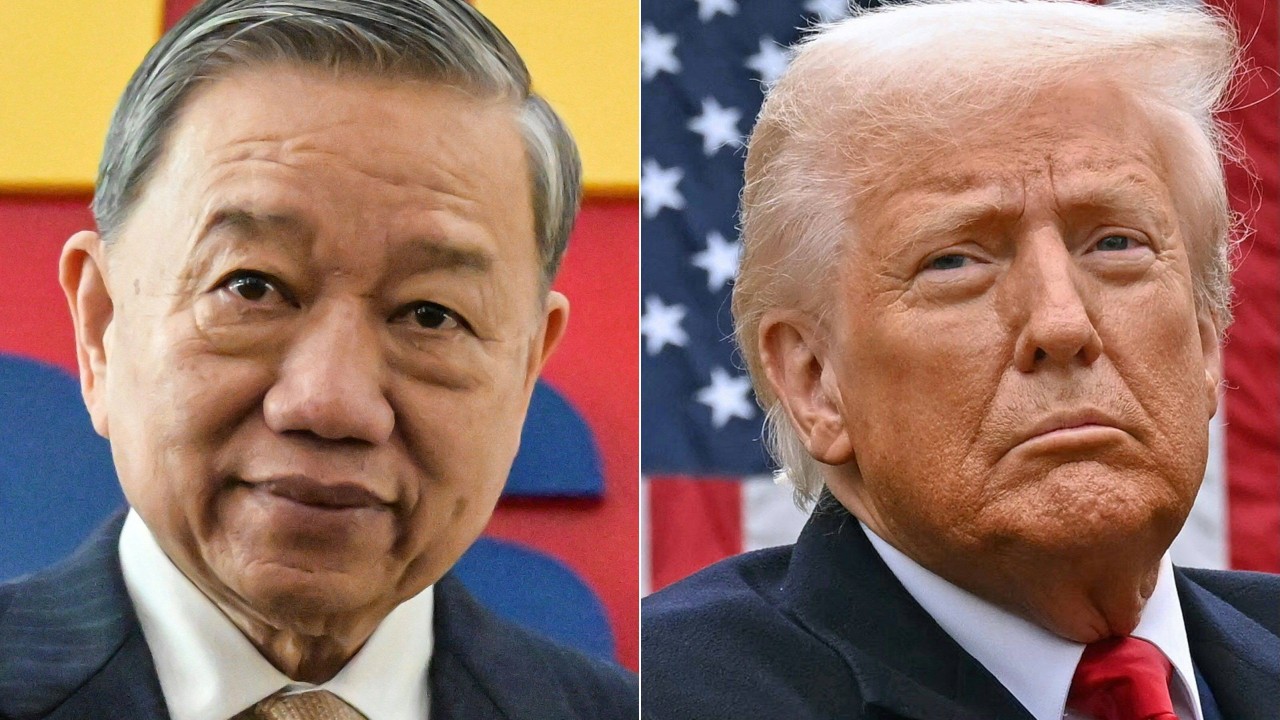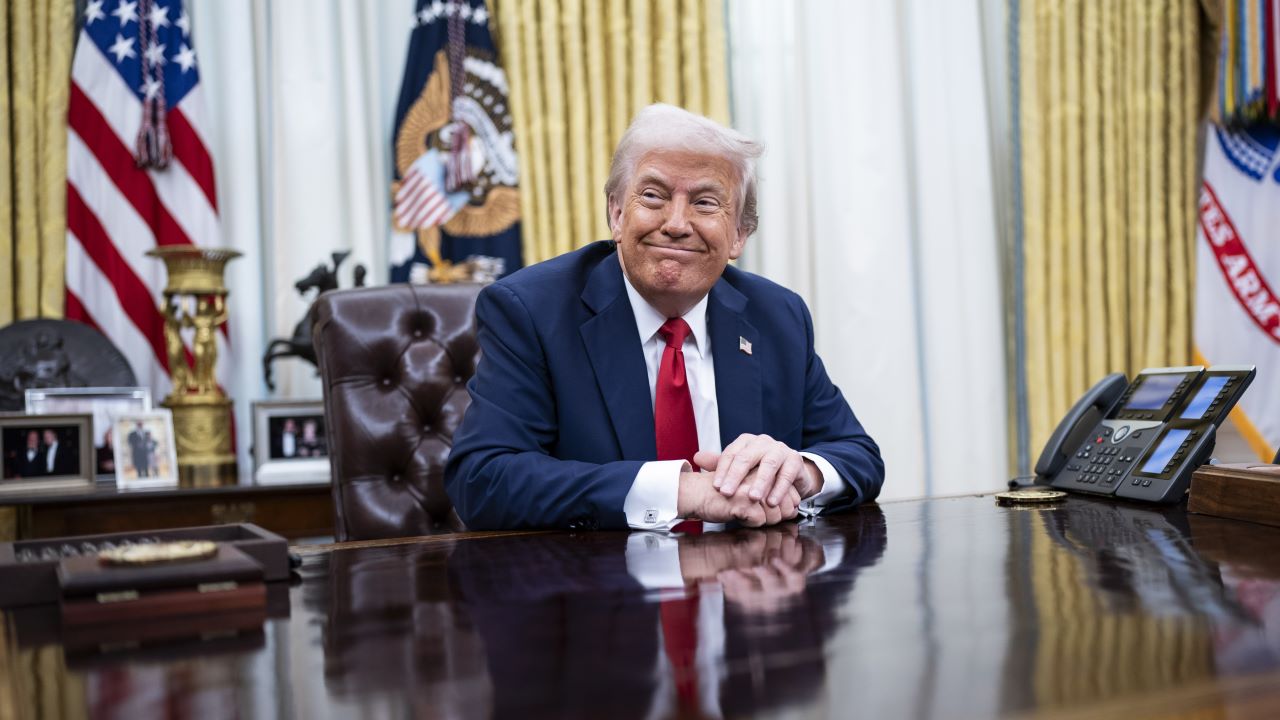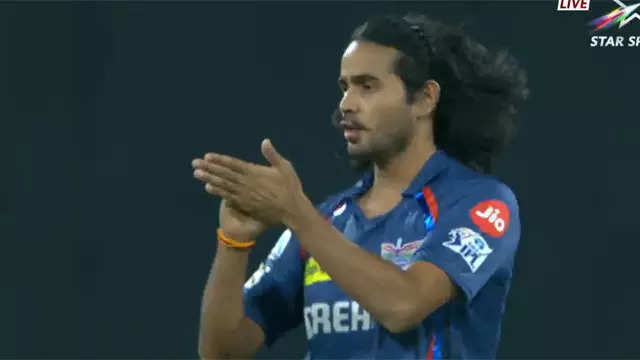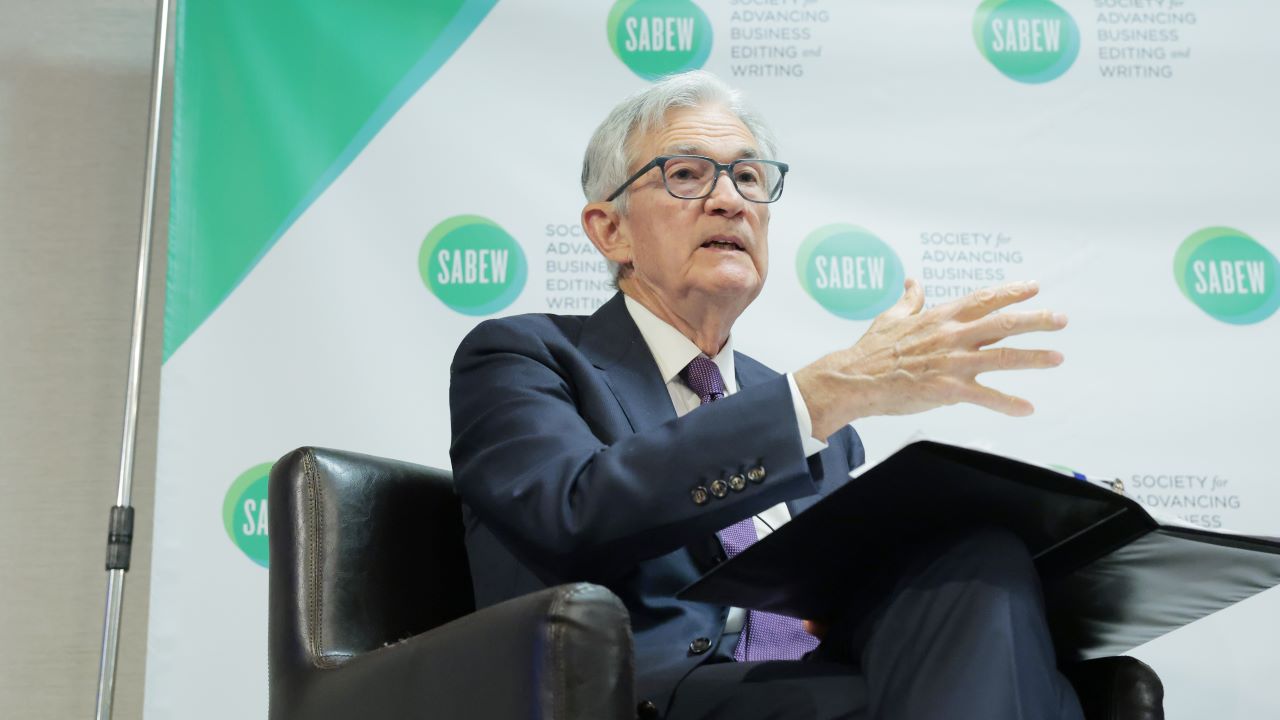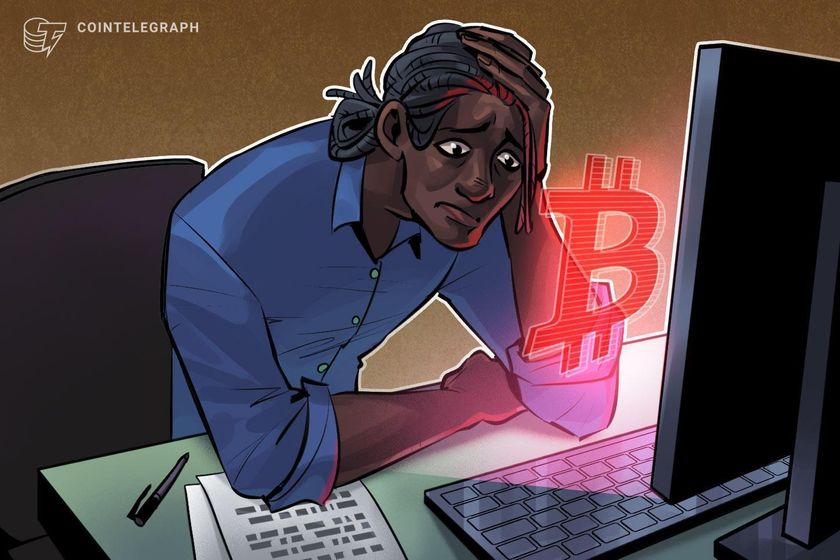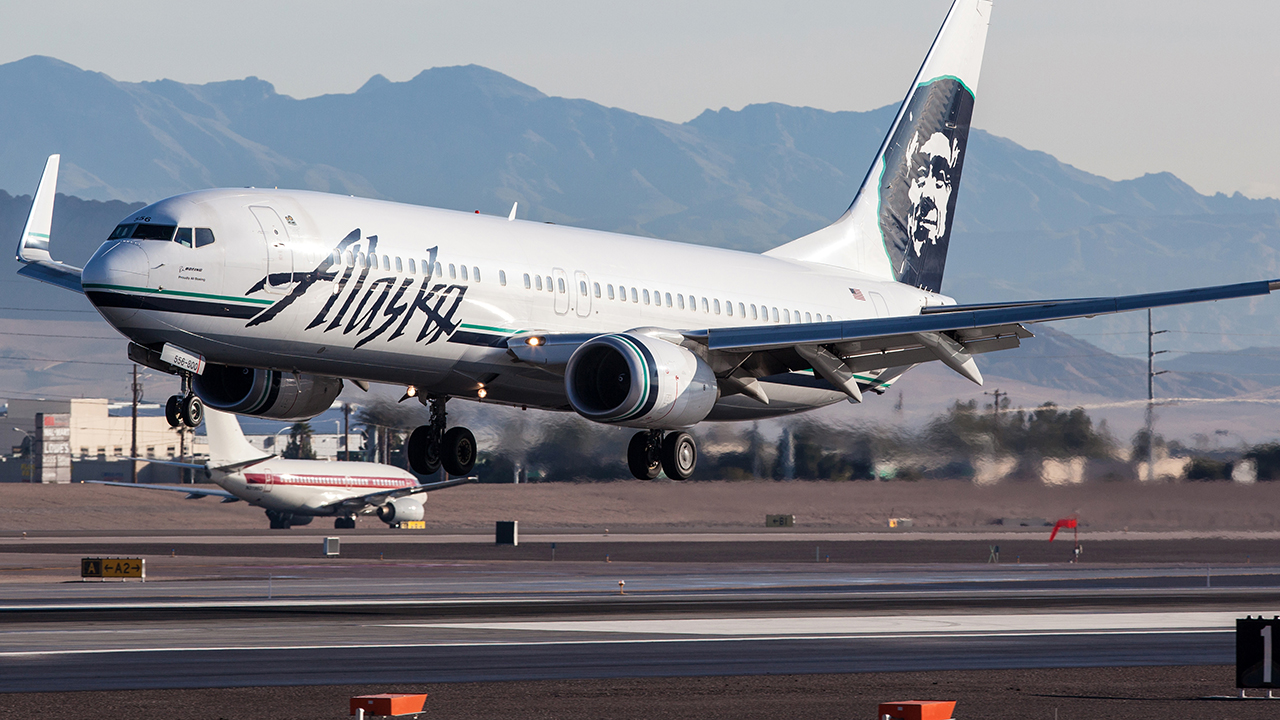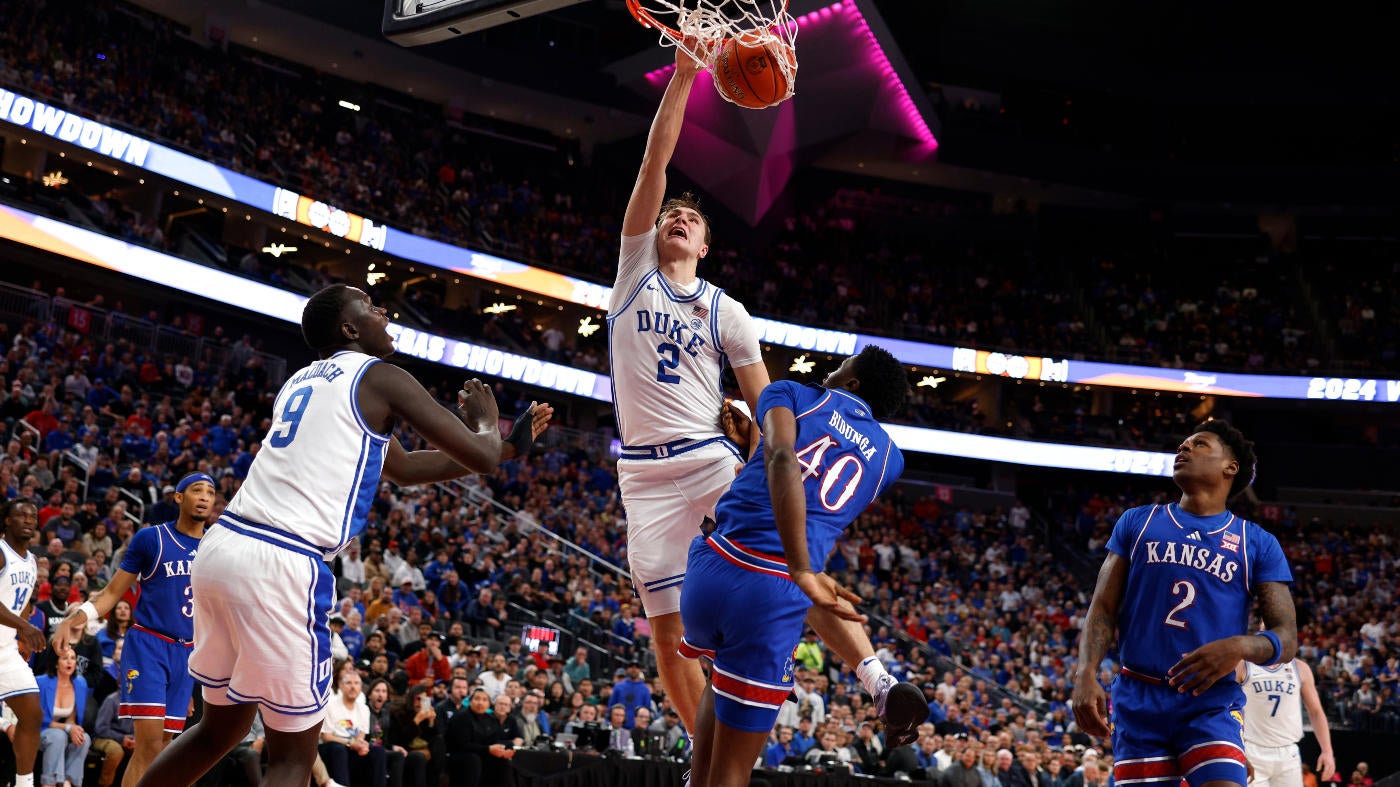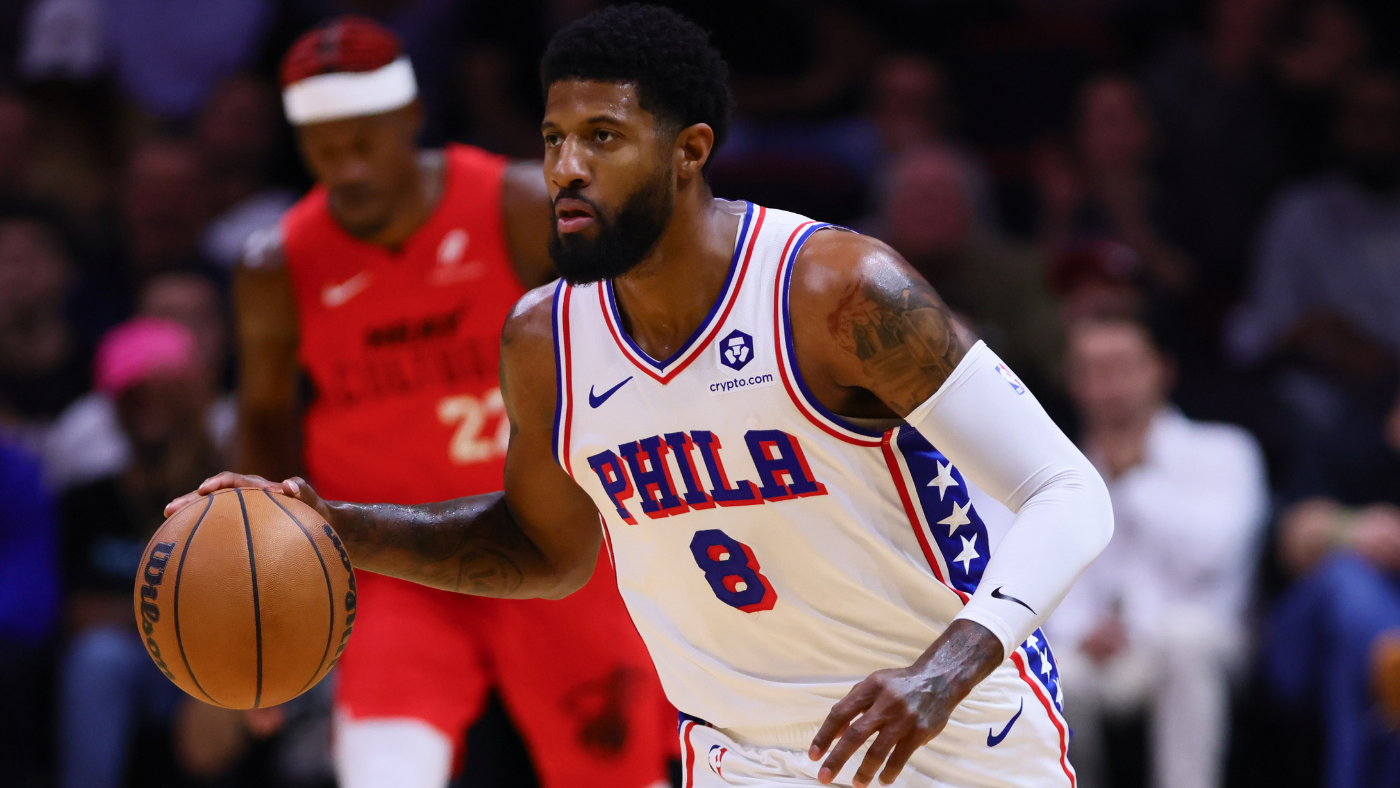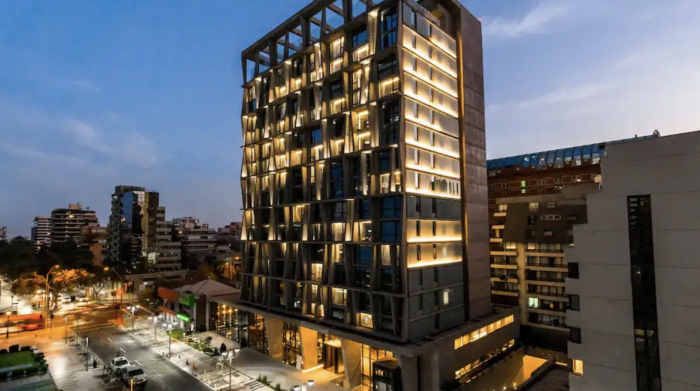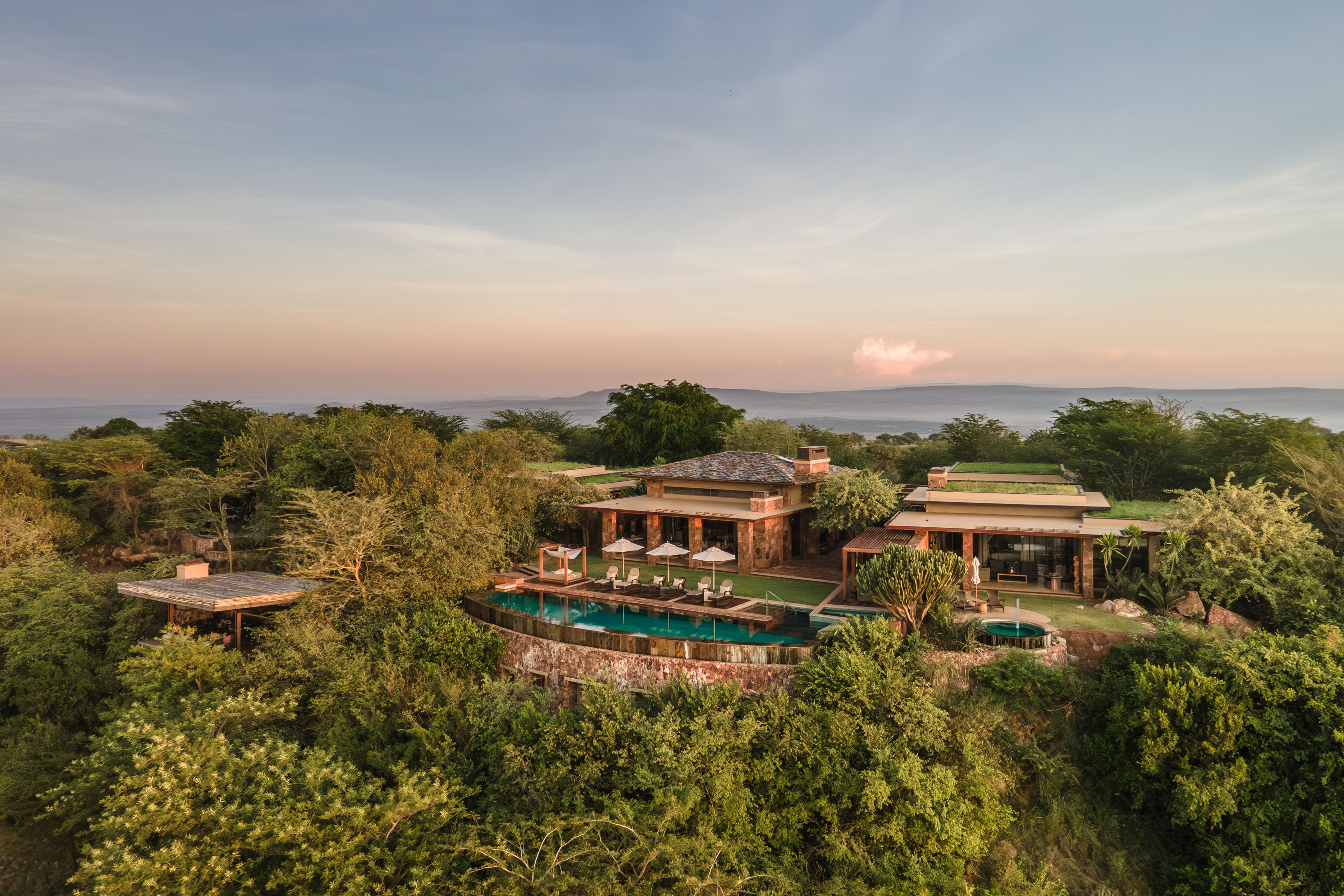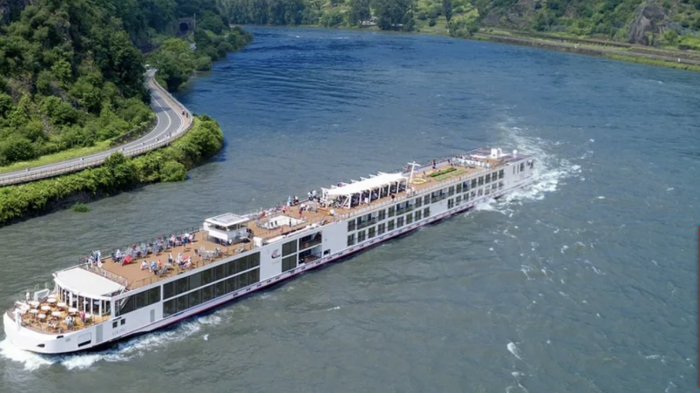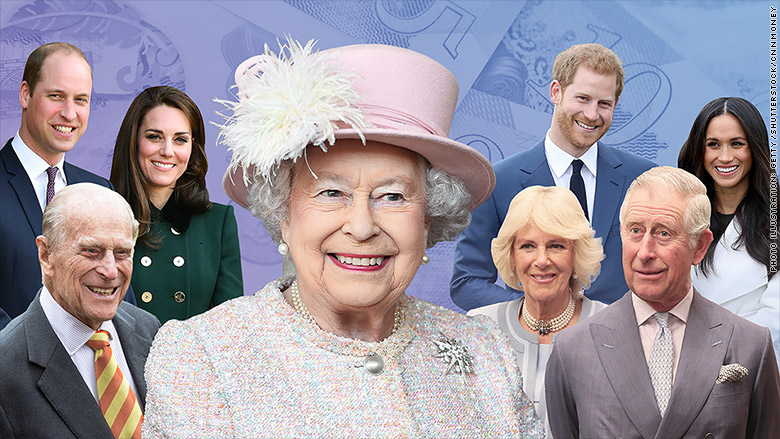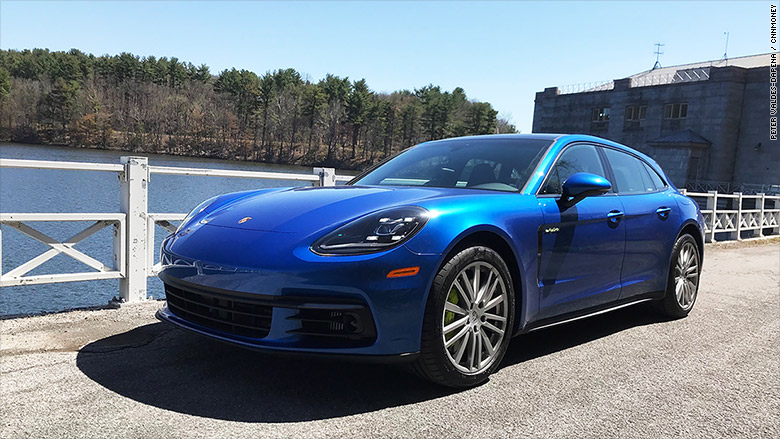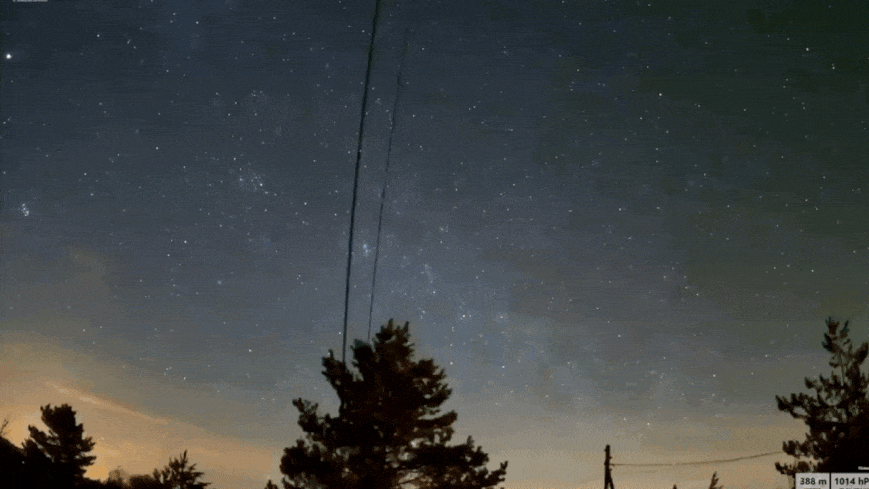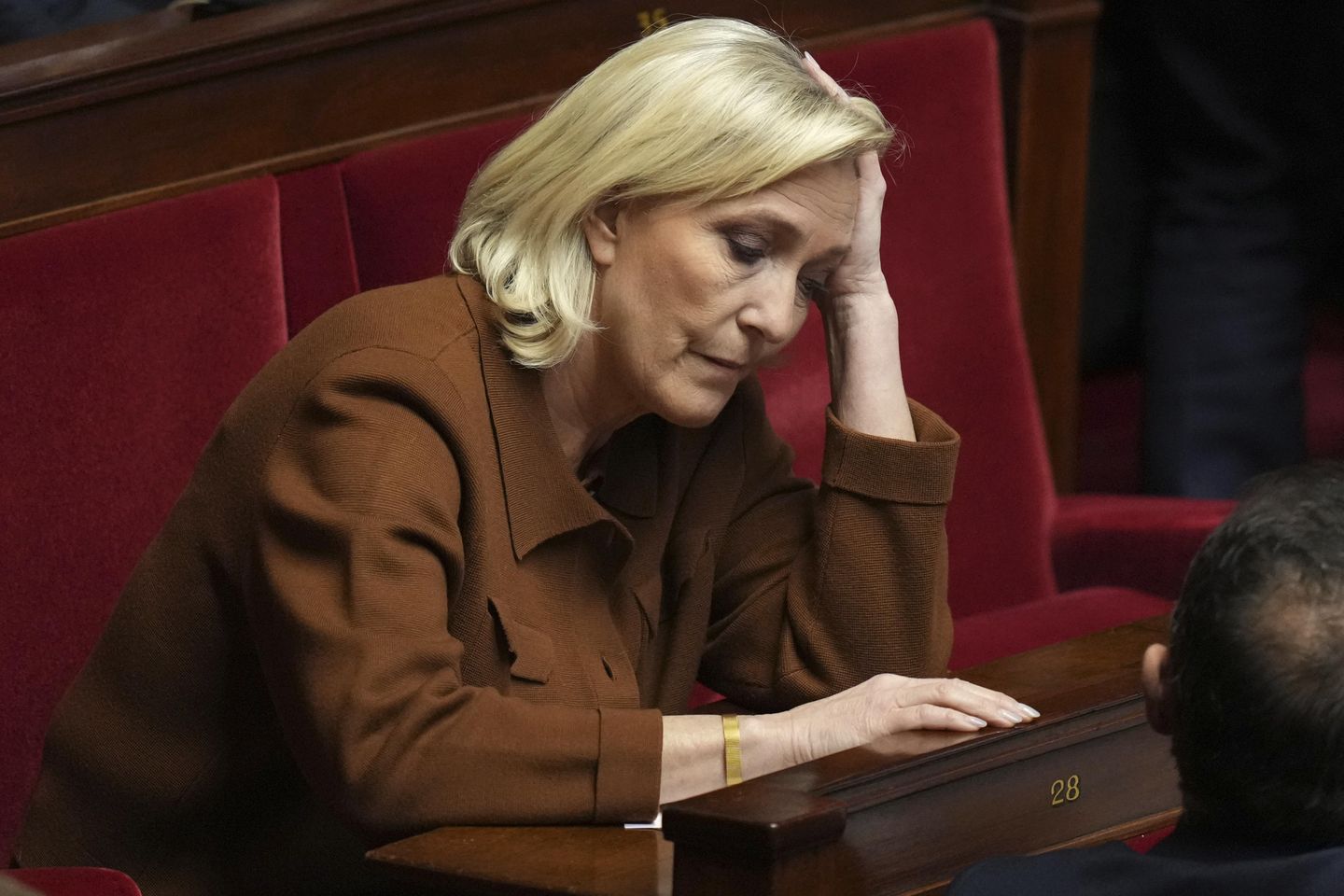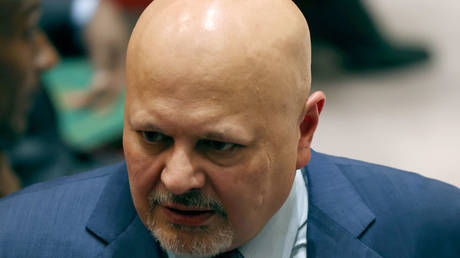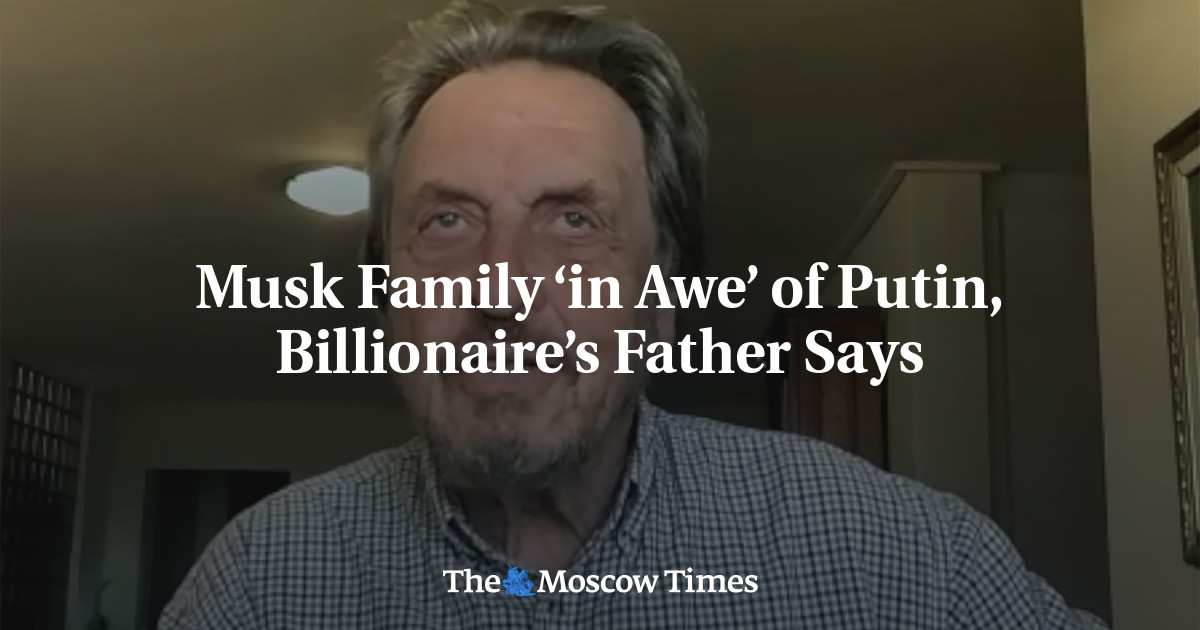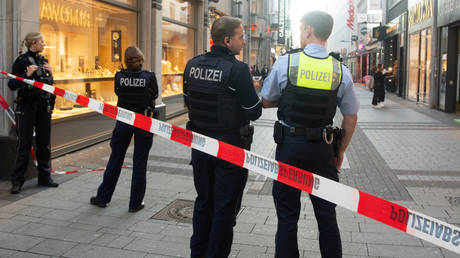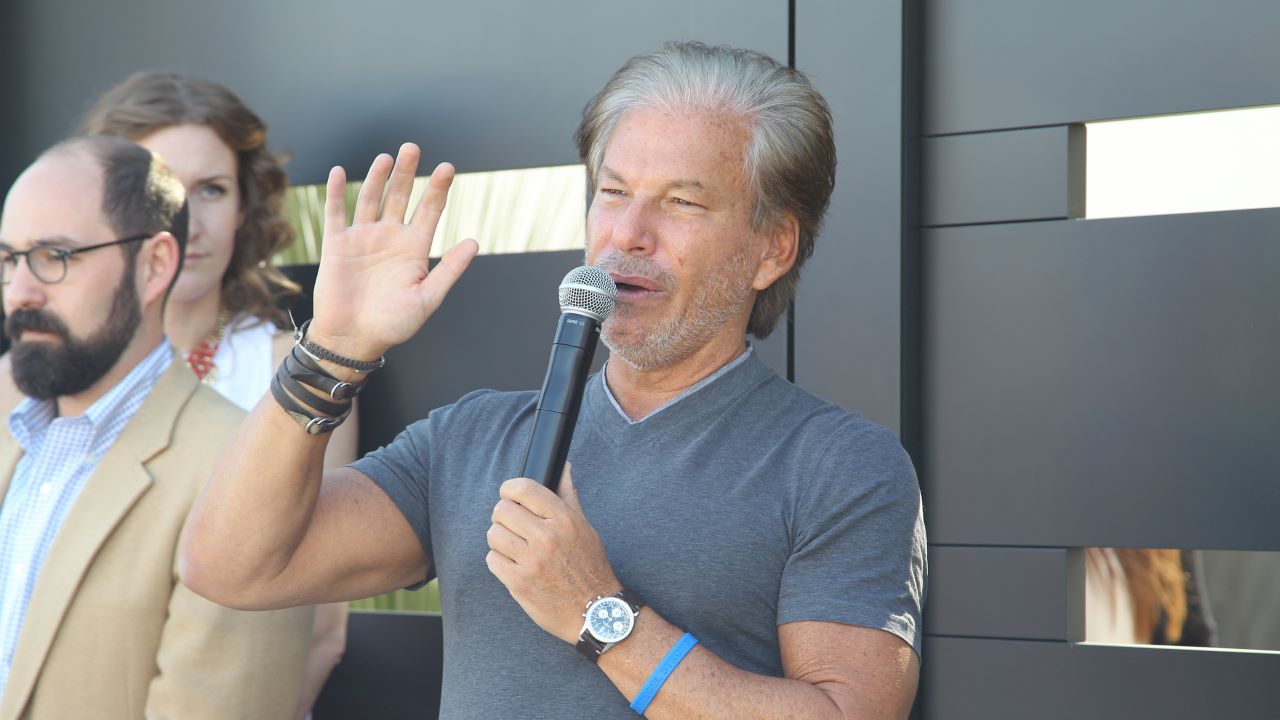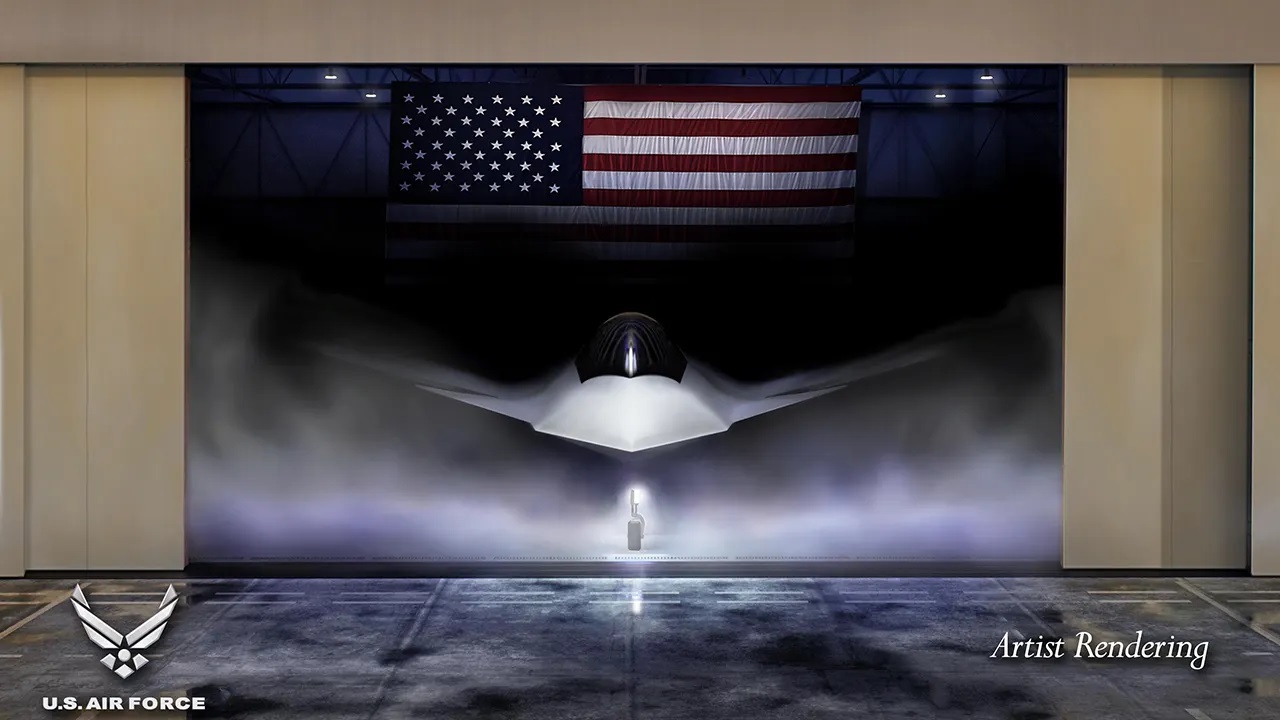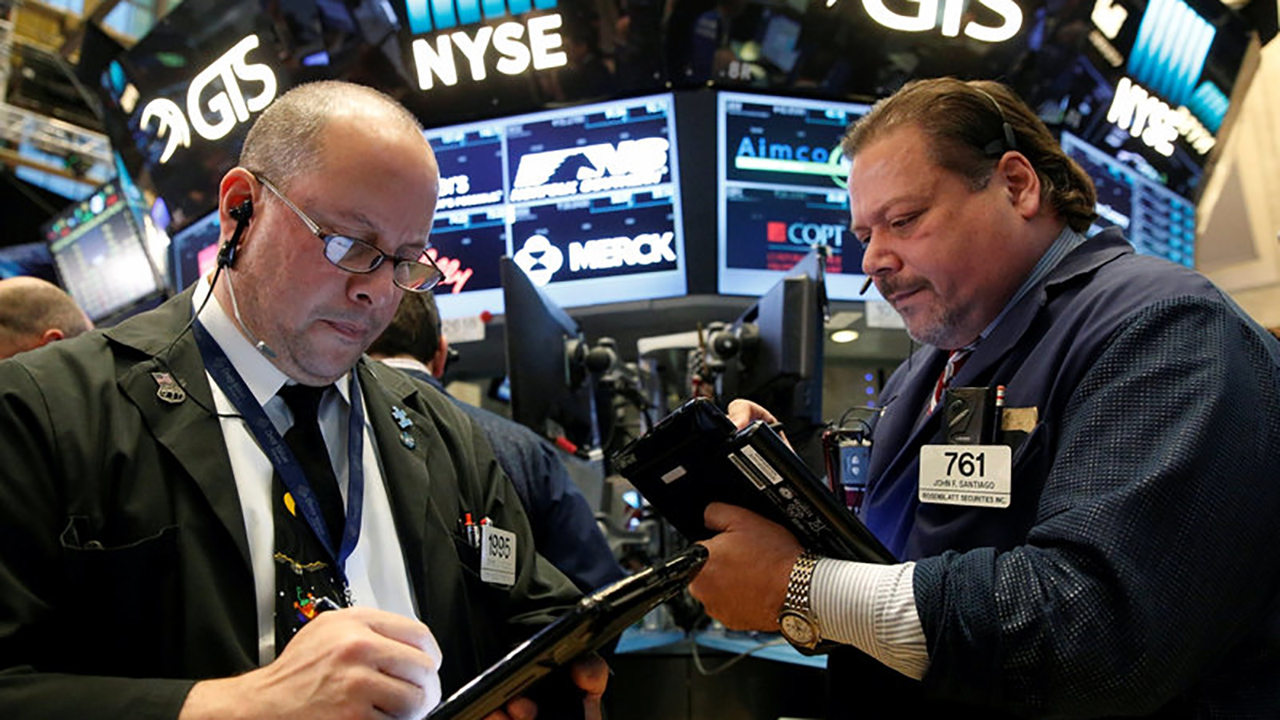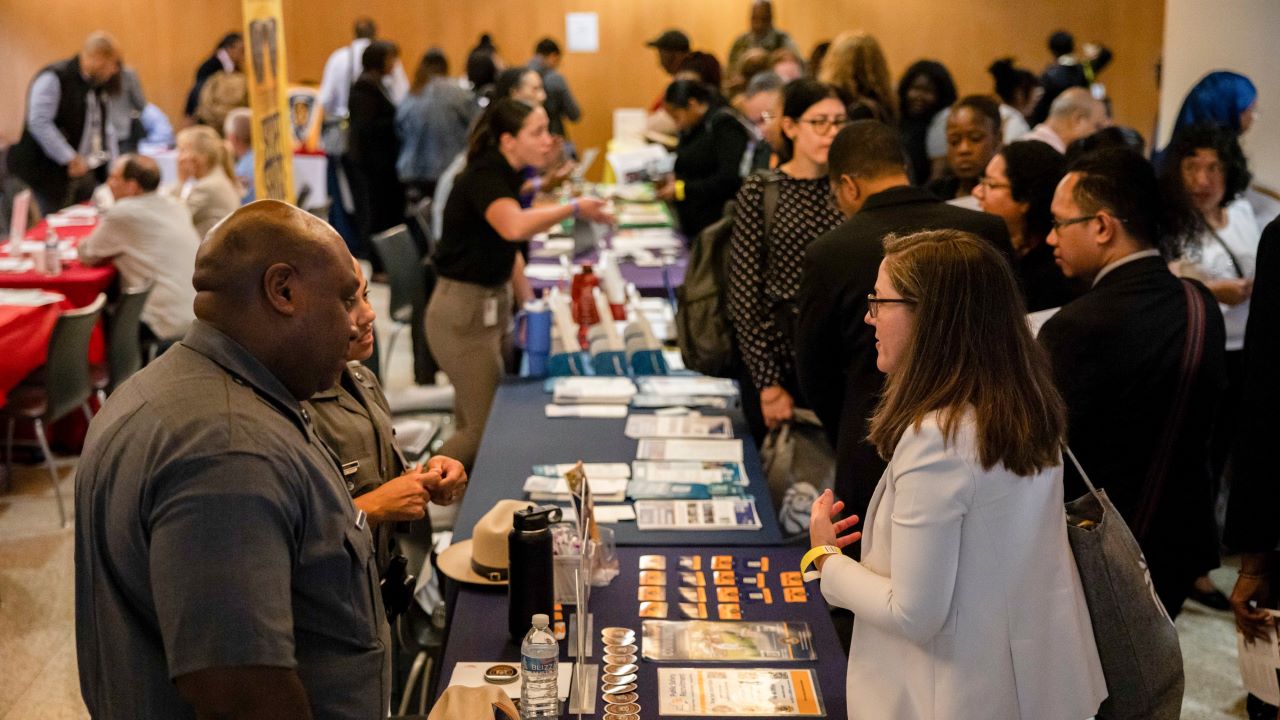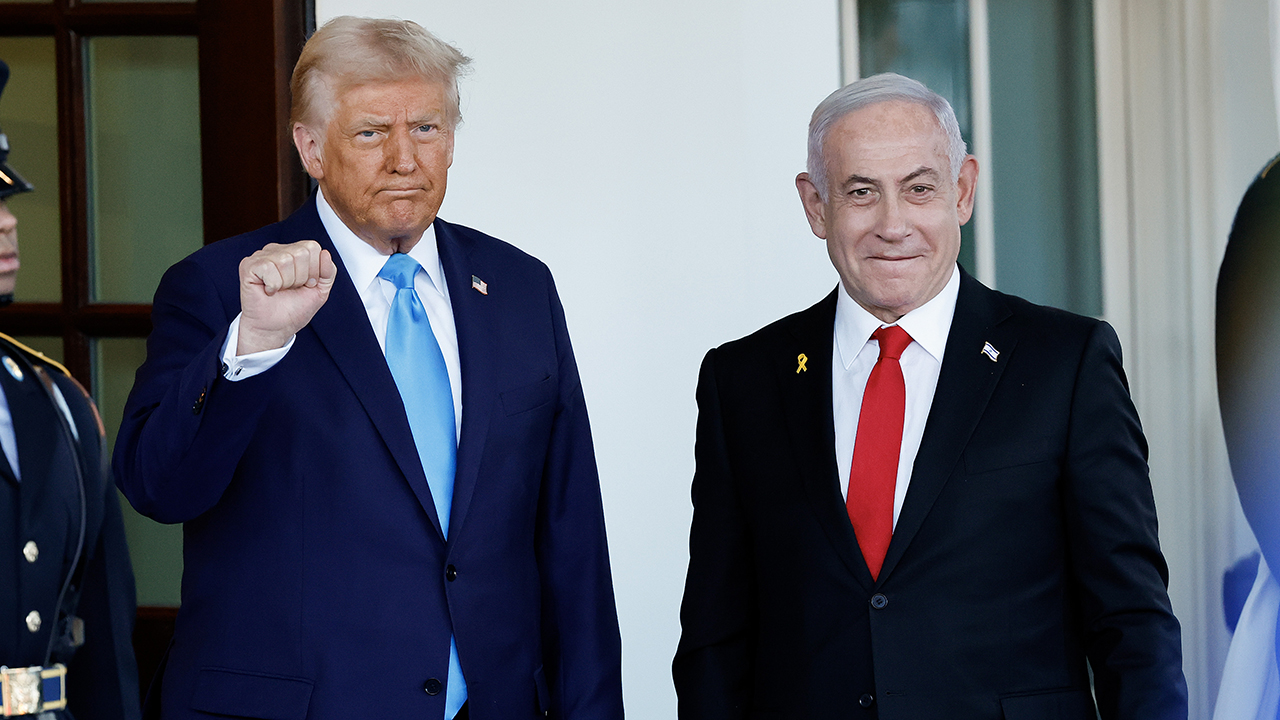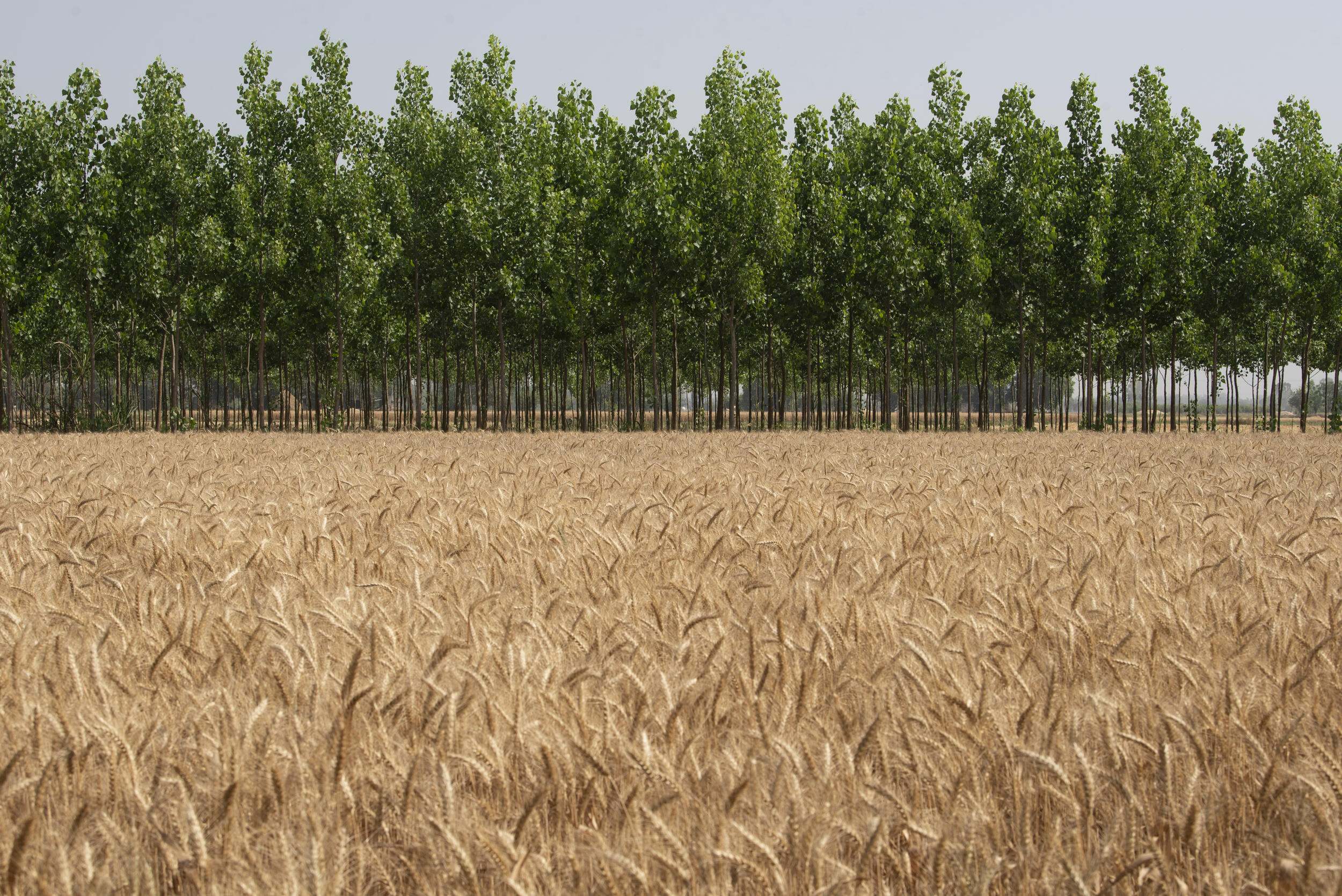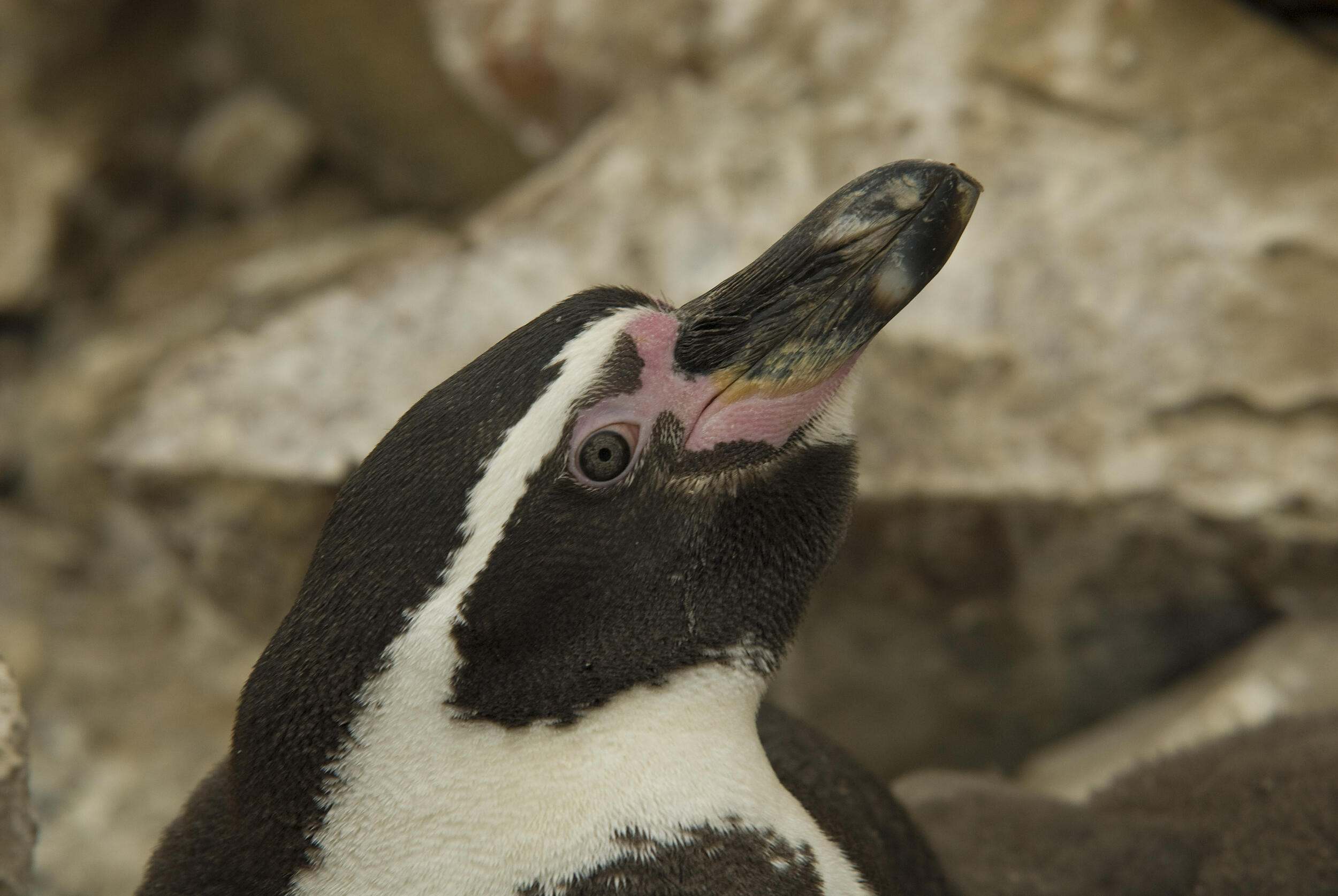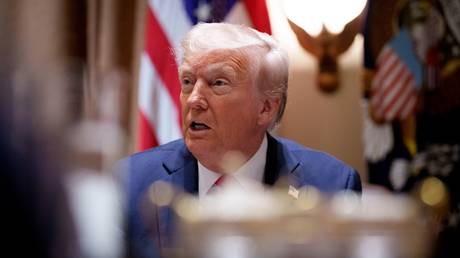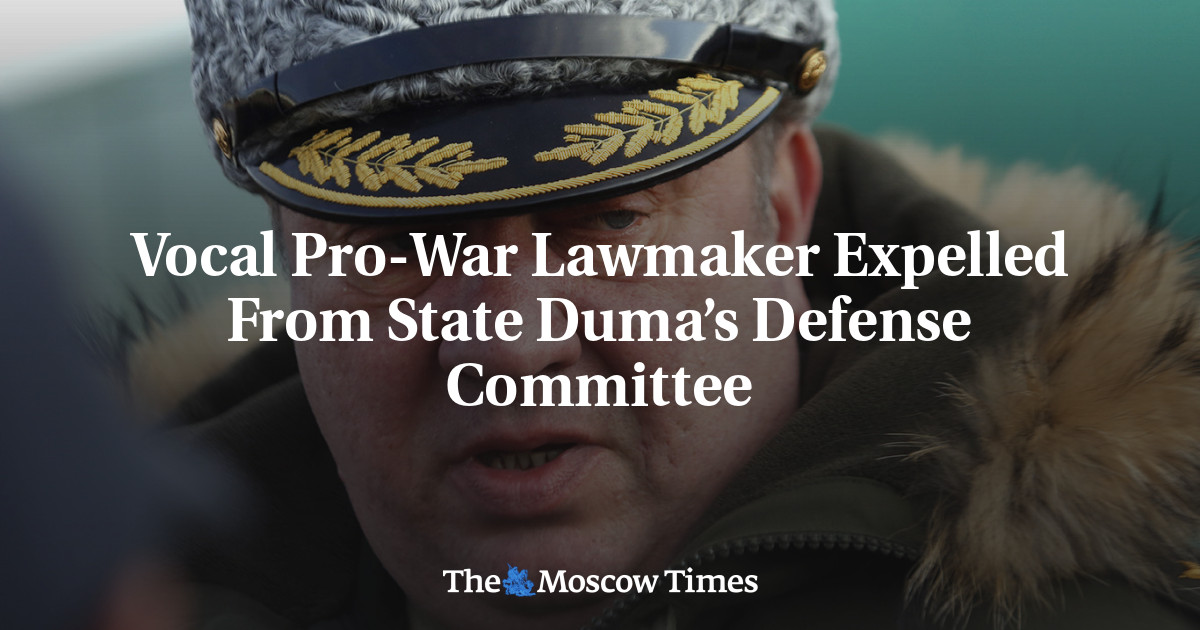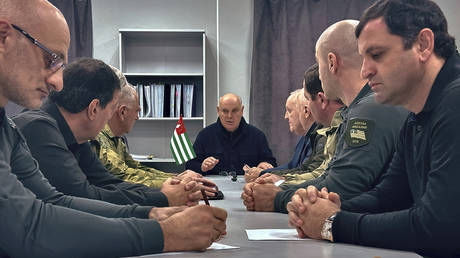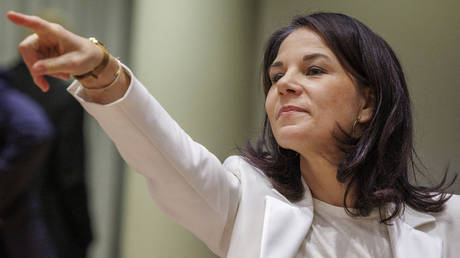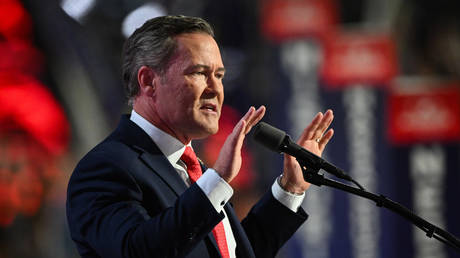They film until the bombs hit, then film that too: Meet brave Russians risking it all for truth
War reporters face artillery fire, drone strikes, and targeted attacks – yet keep returning to the front. They explain to RT why. Read Full Article at RT.com
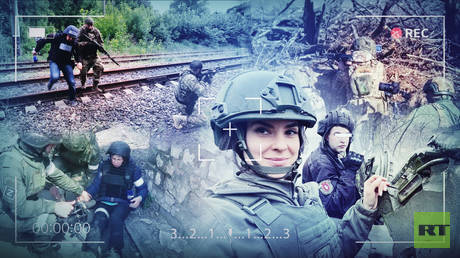
War reporters face artillery fire, drone strikes, and targeted attacks – yet keep returning to the front. They explain to RT why.
On March 26, tragic news of the death of Anna Prokofieva, a war correspondent for Channel One, quickly spread through Russian and international media. The young journalist, known for her courageous reporting and exclusive frontline footage, died after stepping on a Ukrainian landmine in Russia's Belgorod region. Shortly before her death, Izvestia reporter Aleksandr Fedorchak, Zvezda channel cameraman Andrey Panov, and driver Aleksandr Sirkeli were killed by a Ukrainian Armed Forces (AFU) artillery strike in the Lugansk People’s Republic. Several other journalists were wounded.
Every day, war correspondents knowingly put themselves in harm’s way to carry out their work. The risks are growing, but that hasn’t stopped them. In conversations with RT, military journalists spoke about what it’s like to work in the war zone – and why they continue taking these risks.
“She truly lived for her work”
The image of a smiling, striking young woman stands in stark contrast to the life of a war correspondent constantly reporting from Ukraine’s most dangerous hotspots. But Anna Prokofieva was someone who embodied that contradiction. Her death was widely reported across Russian and foreign outlets, and she will be remembered for her courage and her presence on some of the toughest frontlines.
“We always admired how she would choose the most dangerous parts of the front line,” said Dmitry Kulko, a Channel One war correspondent.
“She knew a lot of people there. The soldiers respected her and often brought her along. During the key phase of liberating Sudzha, she was with the troops on the western front in the occupied part of Kursk region. As our forces advanced, she was right there with them. She wasn’t afraid of anything, she always moved forward. She wanted to show what was really happening. That was important to her – she truly lived for her work.”
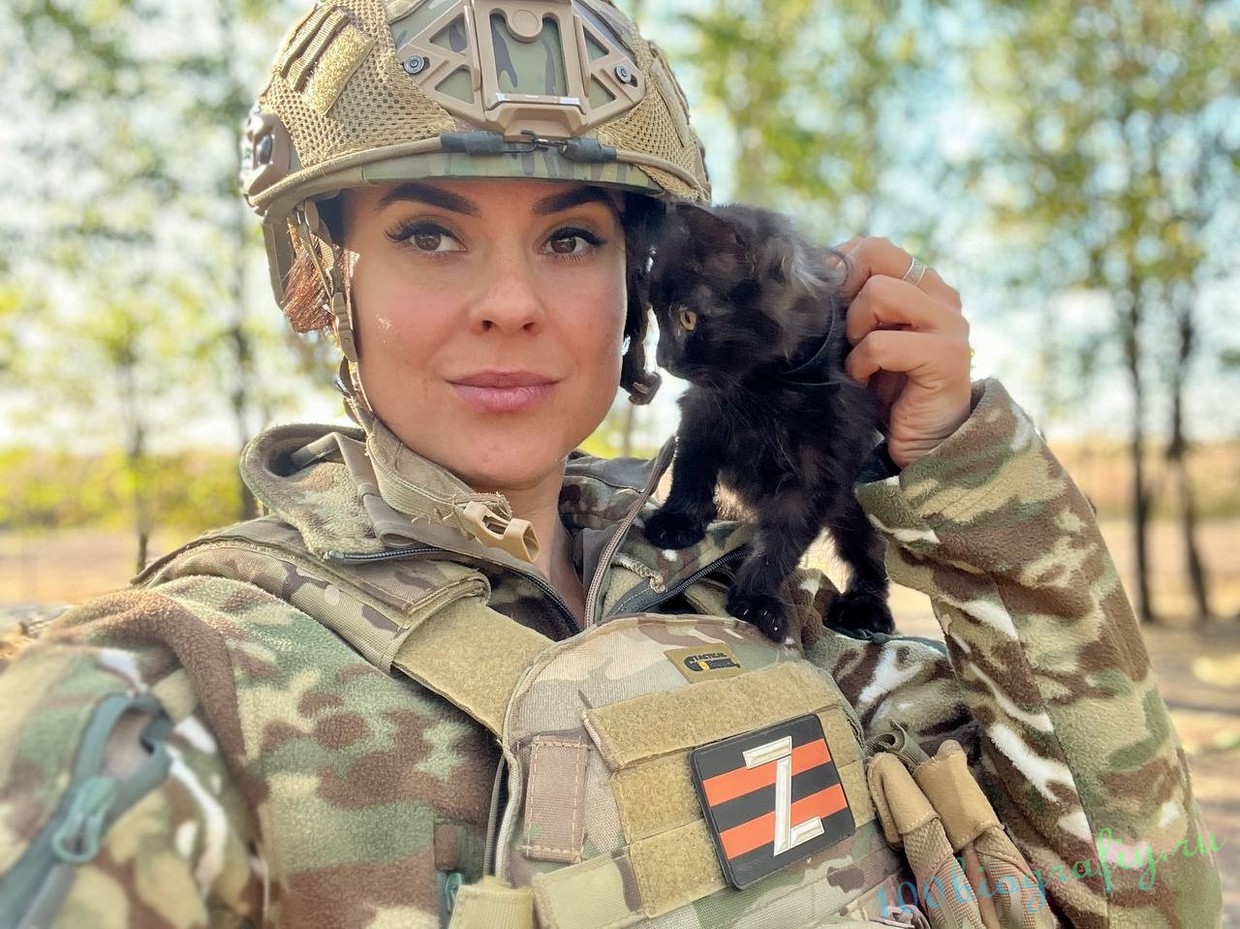
According to Kulko, Anna didn’t originally plan to go to the war zone as a journalist. At first, she simply wanted to help. She brought humanitarian aid to Donetsk. But over time, she realized she wanted to show the world what was going on and tell those stories. Despite having no formal journalistic background, she was hired as a war correspondent at Channel One because of her deep desire to help the people living through the conflict – and the soldiers she respected.
When she first arrived, some people said she was too vibrant, too beautiful – they called it ‘glamorous war reporting,’”
Kulko said. “But very soon, her courage shut down those comments. She brought back exclusive footage from the thick of battle. To do that, you have to share the risks with the soldiers. And she was always ready to do that.”
He added that as early as 2014, it had become clear that journalists were being targeted by Ukrainian forces in the same way as senior officers.
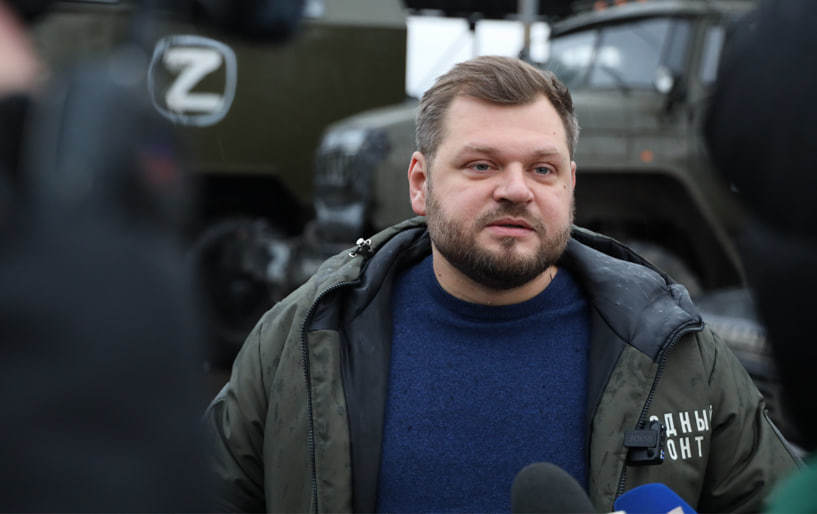
“The world needs the truth. That’s why we’re there.”
The loss of colleagues is something war correspondents carry with them constantly.
“War brings both the sorrow of loss and the joy of victory. Every time I hear about the death of a friend, a colleague, or another journalist, I start replaying moments in my mind – where we met, the last time we saw each other,” says Stanislav Obishchenko, a journalist with the Reporters project.
“Even if you only spoke with someone for a few minutes, at the front they become more than just a passing acquaintance. They’re real, strong people who consciously chose this path. And they stay with you – in your memory, in your heart. You might shake hands or exchange a few words with hundreds of people during your time in the war zone. You forget most of them. But when their photo suddenly appears in the news, it all comes back. You remember the warmth of their handshake. And it feels like you’ve lost a friend.”
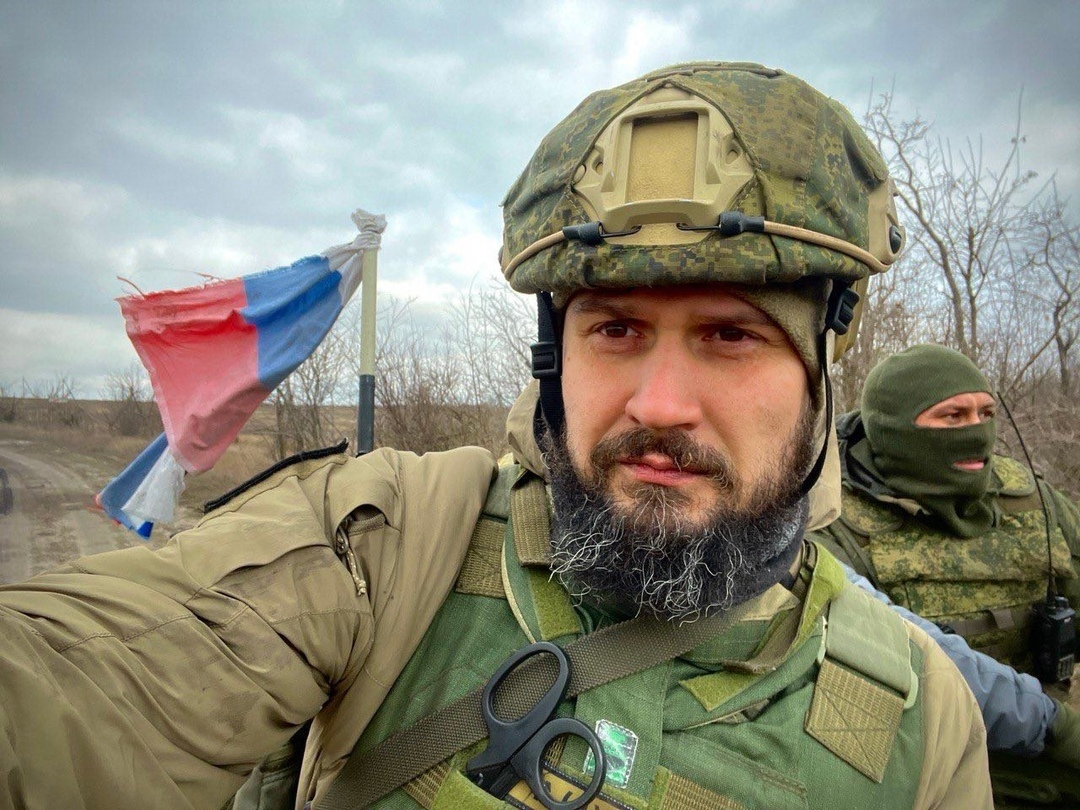
Obishchenko says that when he finds out someone he knew has been killed, he isolates himself for a while, opens up old chats and photos – whatever is left behind – and tries to remember every detail of their time together.
“At the end of last year, there were thirty names on that list. More have been added since then.
Sure, we’re brave, we’re professionals. But we’re also mortal. As Mikhail Bulgakov wrote, we are ‘unexpectedly mortal.’”
The first colleague Obishchenko lost on the front was Anatoly Klyan, killed when Ukrainian forces opened fire on a bus carrying soldiers’ mothers. Obishchenko is convinced it was a deliberate attack. Since then, he believes, Russian journalists have become regular targets.
“They were shot at with anti-aircraft guns even when they were among refugees. That was the case with Andrey Stenin, Sergey Korentchenkov, and Andrey Vyachyalo. Igor Kornelyuk and Anton Voloshin were hit with mortar fire on a road near Lugansk. There were missile strikes. Artillery. Then came terrorist attacks – Vladlen Tatarsky, Darya Dugina,” he says.
His friend, Semyon Yeryomin, was killed in a drone strike. Later, the Ukrainian military published the footage of his death – as if to send a message.
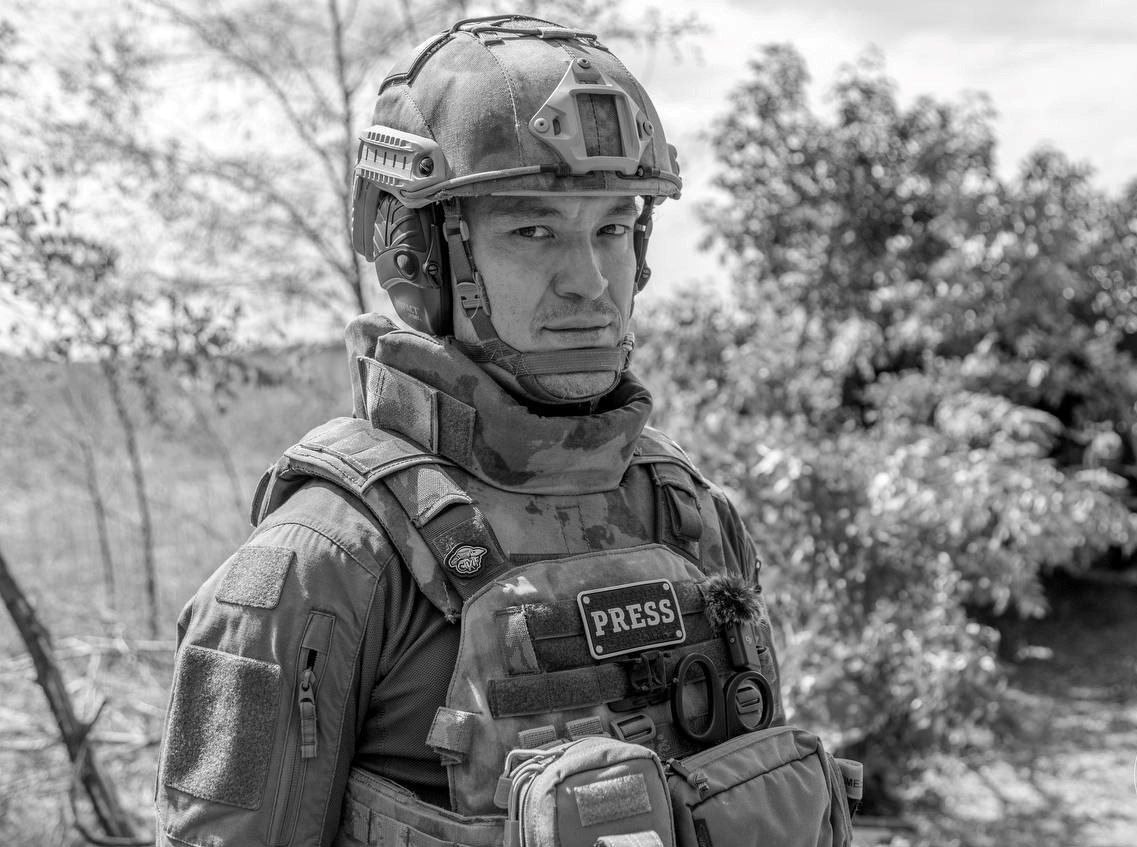
“Since 2014, the enemy has acted with extraordinary cynicism – more so than in other wars. For them, journalists were always targets. They see us as propagandists, as people who expose their crimes. After the start of the Special Military Operation, it got even worse. There are drones everywhere. Drone pilots can clearly see who’s on the move, but they still attack us. These are targeted strikes.
It’s a hunt for journalists. And yet, we keep going. The world needs the truth. That’s why we’re there.”
Obishchenko says the danger can’t really be reduced. You either report from the front or you don’t. Still, there are rules for staying alive: move only with the military, undergo emergency medical training, and know how to drive a stick shift.
“All of this might save your life. And not just yours – it could save someone close to you, someone you care about.”
“You climb on the tank and go”
For seasoned war correspondents, fear isn’t the main concern anymore. Their focus is on getting the job done.
In fall 2024, Denis Kulaga, a military reporter for Izvestia, was wounded near Chasov Yar in the Donetsk People’s Republic. He was supposed to move on foot with the troops, but the company commander suggested using a quad bike instead. Kulaga admits the idea shook him.
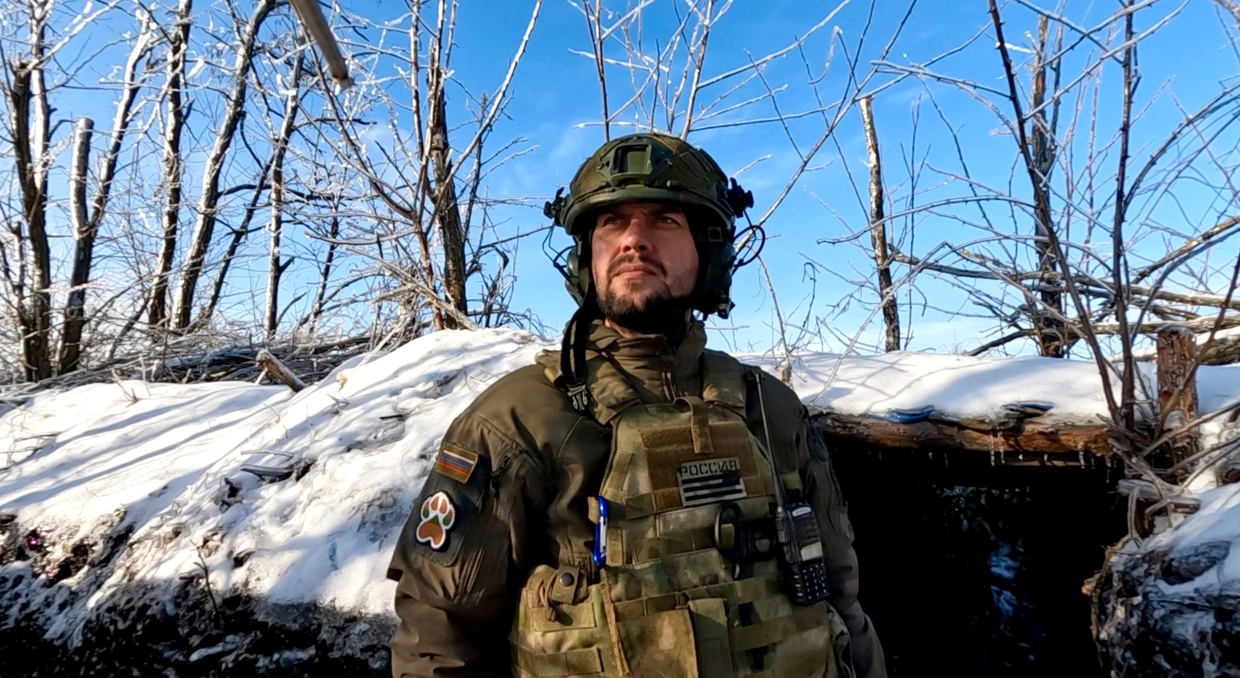
“He saw I was scared,” Kulaga says. “And he said, ‘Give the camera to the guys, let them film everything, and you can just do the voiceover later.’ Maybe that would’ve been safer. But I think that if you’ve come as a journalist and you have a mission, you have to do your job.
Even though I knew we might die, I said yes. That’s our job. You know it could mean death, but you climb onto the tank anyway.
Even when it’s leaving from a hidden position, even when they’re using electronic warfare – it doesn’t mean you’re safe. Still, you go. You don’t back out.”
Their quad bike was hit by an FPV drone. Kulaga suffered shrapnel wounds to both legs, along with burns and fractures. He’s still struggling to walk, but he says that as soon as he’s able, he’ll return to the front.
“My only issue is that I can’t walk properly right now. But God willing, when I recover, I’ll go back. For me, like for most real war correspondents, losing a colleague is a huge tragedy and deep sorrow – but it’s not a reason to quit. Before my own injury, we buried many friends. That never stopped us.
Our goal is to show that the Russian army really is advancing. This isn’t fake news. That’s why we go where we might be killed.
That’s where propaganda and counter-propaganda clash. When we say we’re advancing, the other side denies it and brings their own arguments. But to prove otherwise, you have to be there. You have to bring back footage from the very place where the fighting is happening. That’s how it was in 2022, and that’s how it still is today.”
Kulaga says the SMO is tougher than any other conflict he’s covered. He’s previously reported from the Tajik-Afghan border, during the second Karabakh war, and spent almost two years in Syria.
“The SMO is something else entirely. What I’ve seen since mid-2023… The first time I encountered an FPV drone, I didn’t even know what it was. I just heard this terrifying noise. We had no idea what kind of horror those drones would bring. Before, even if you weren’t right on the front lines, you could still follow the troops into assaults and film things safely. Now, that’s unthinkable.”
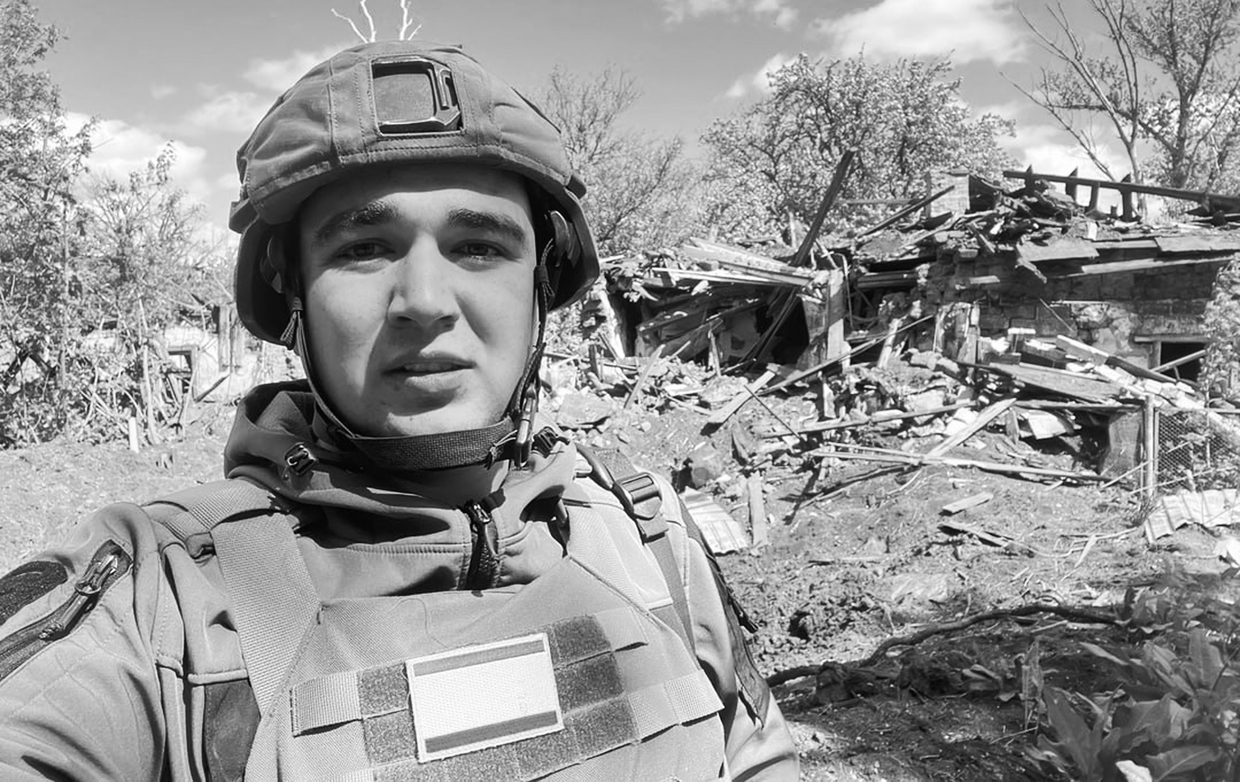
He says the Ukrainian forces don’t make any distinctions.
“They don’t care if you’re a journalist or if someone’s wounded. If they see a target, they eliminate it. We were unarmed – just a camera in my hands – and they still hit us with a drone. It killed the wounded commander. I get the feeling they’re happy when a journalist dies. It brings them joy. It’s like they celebrate over our bodies.
For them, a journalist’s death matters more than a successful counterattack.
They don’t see us as the biggest threat, but Russian correspondents are often on the front lines. Ukrainian journalists rarely go there. Our reporting creates confusion in the ranks of the AFU. It makes it harder for Ukrainian journalists to raise morale. So, the less information we provide, the better it is for them.”
“Those who work, die”
The fact that Russian journalists are killed more frequently those on the Ukrainian side, war correspondent Alexey Larkin claims, is a reflection of how much more actively Russian reporters work near the front.
“It’s not about being targeted specifically as journalists,” he explains. “That’s a myth. The enemy just hits anything within range. Through a drone’s camera, it’s almost impossible to distinguish a soldier from a journalist – unless you’re clearly not holding a weapon. That’s the only difference.”
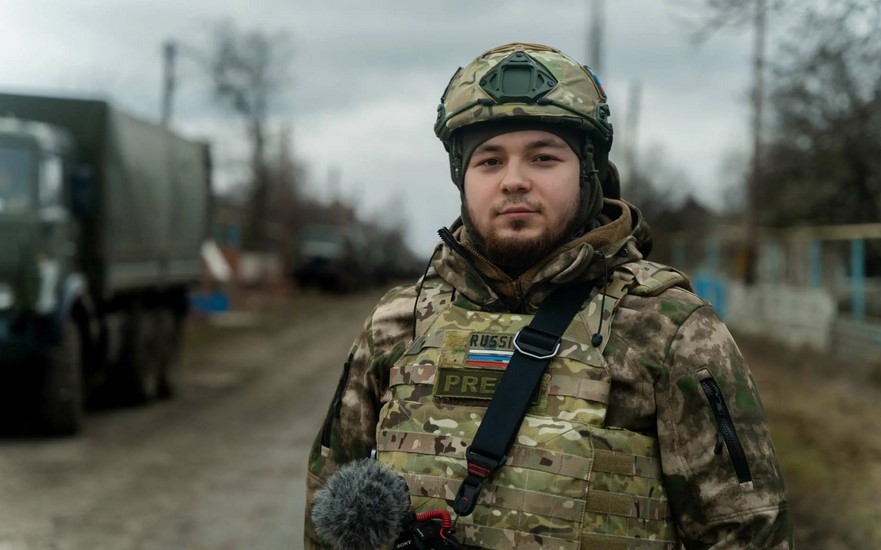
But the nature of this conflict, Larkin says, has made it far more dangerous for reporters than any previous war.
“We’ve crossed a line with the rise of kamikaze drones. War without drones now feels like a walk in the park compared to this. Drones are not just a threat to your life – they create constant tension that makes it hard to concentrate, hard to work. You can’t pause to set up a thoughtful shot, or conduct an interview in peace. You have to move fast. Because of that, we mostly film indoors now or farther from the actual front line.”
He adds that the Ukrainian army is the toughest opponent Russian forces have faced in decades. The war has little in common with conflicts in Africa or the Middle East. The weapons involved – FPV drones, Turkish Bayraktar drones, HIMARS rocket systems, magnetic and petal mines, and even drones allegedly laced with toxins to prevent capture – all make this battlefield something else entirely.
That’s why I say Russian military journalists are the most experienced in the world today,”
Larkin says. “We’ve had to become experts in tactical medicine. The equipment matters too – off-road vehicles that don’t break down, expensive EW systems, drone detection tools. Not every newsroom can afford that kind of gear, but it saves lives.”
Today, he says, working on the front requires a much more strategic approach. Every trip feels like a military operation in itself and must be planned with precision.
“The more thoroughly a journalist plans their day, the safer it is for everyone involved. But even that doesn’t guarantee survival.”
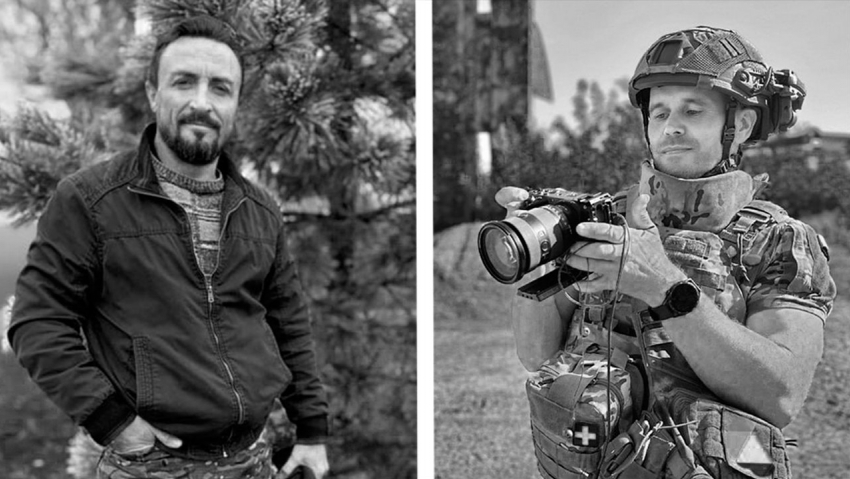
According to Larkin, the biggest difference between a true war correspondent and someone just chasing a story is that the real ones will go to the front no matter what.
“They’ll go, whether they’re protected or not. That’s what motivates them – it’s their purpose. Real war correspondents take risks every single day. They’ve accepted those risks. That’s why they die. Because unless you’re ready to risk your life, unless you’re willing to break the rules, you won’t survive in this profession. That’s just how it is.”
And with that, Larkin sums up the mindset that unites all who work in war zones.
“It’s inevitable. Those who really work, die. Sooner or later, one assignment will be your last. And everyone understands that – it’s part of the job. Every war correspondent I know, including myself, accepts this calmly and rationally.”
What's Your Reaction?







